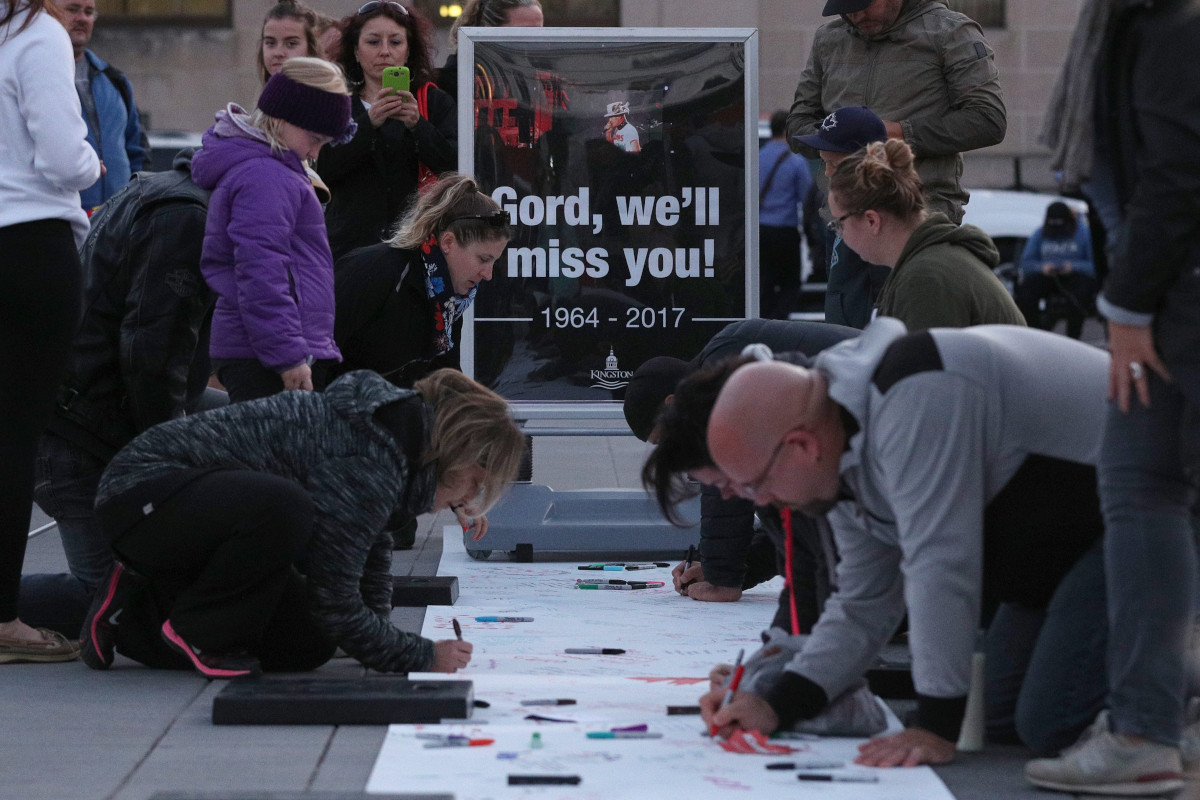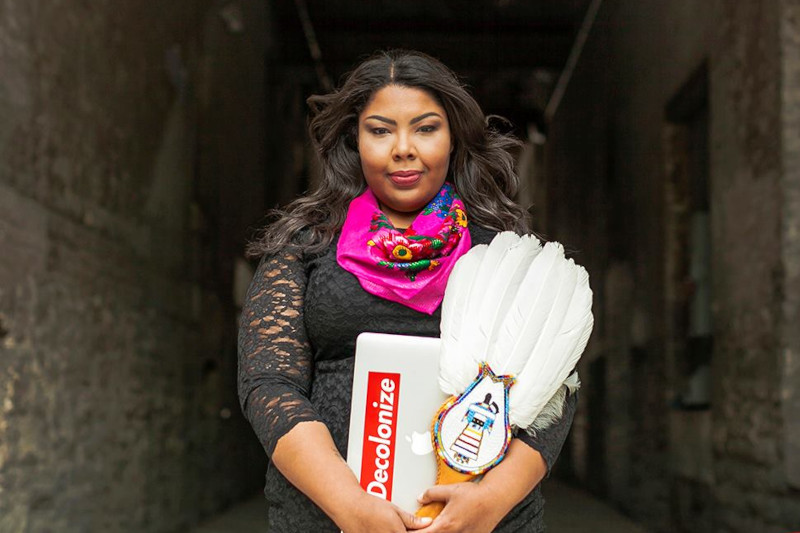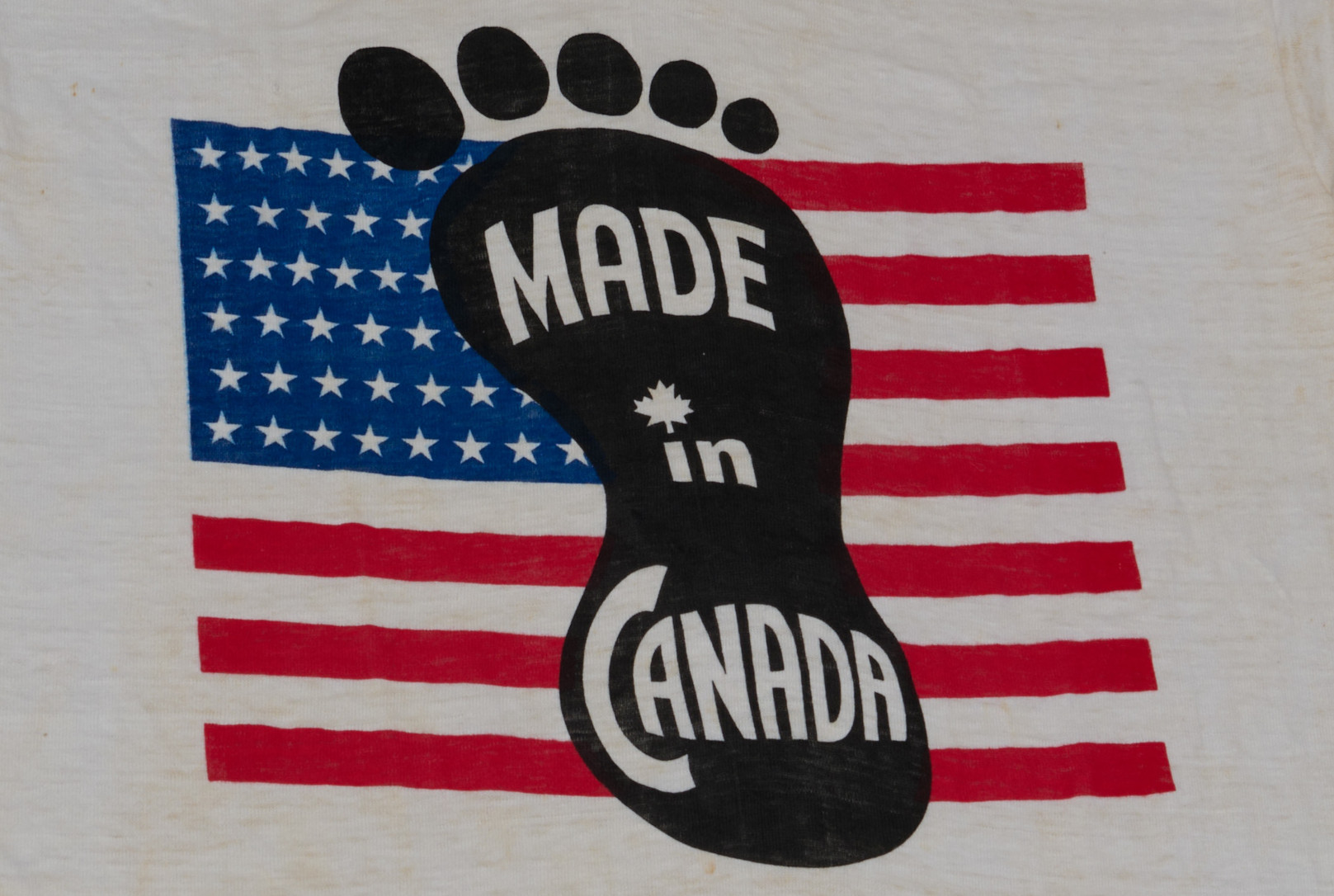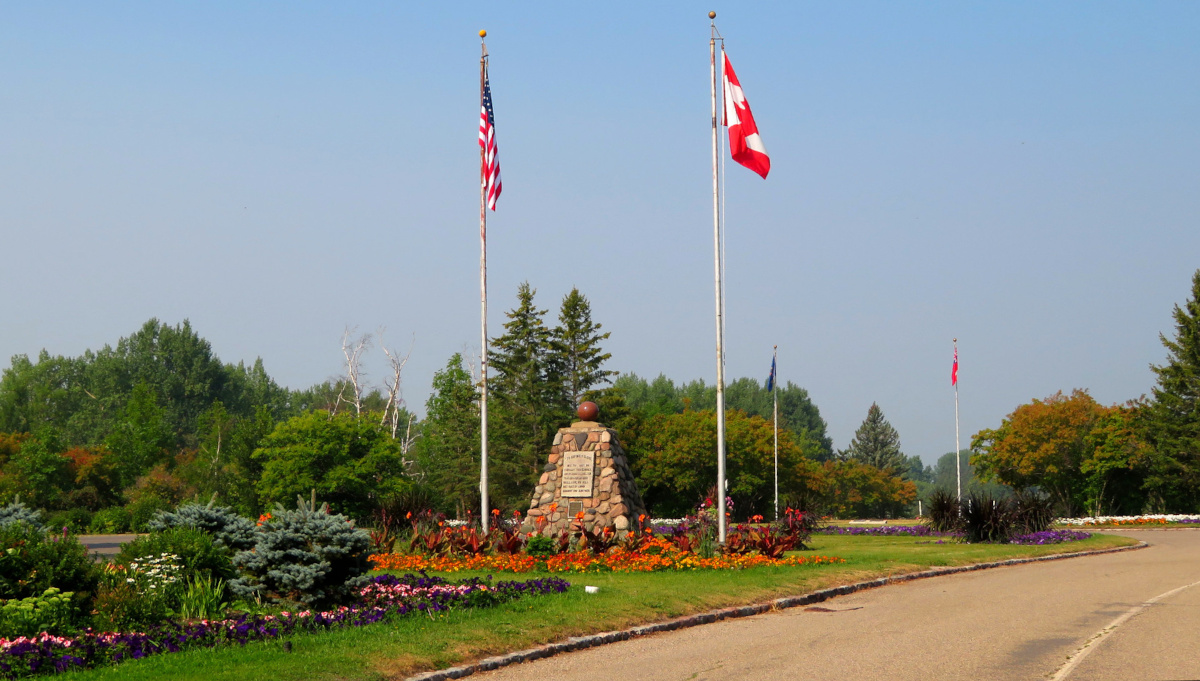In June 2025, the federal government tabled the One Canadian Economy bill. The legislation was wide-reaching, but one word Prime Minister Mark Carney used to describe it stood out.
Superpower.
By “expediting nation-building projects,” the Prime Minister said, Canada’s aim should be to become an “energy superpower.” He described this period in history as a “hinge moment” that the government intends to meet with “urgency and determination” to protect Canadian sovereignty.
The Prime Minister’s remarks echo current public discourse. The announcement arrives after months of public uproar and anxiety about Canada’s relationship with the United States. Canadians have been vocally concerned about the economic implications of sudden and changeable tariffs, not to mention U.S. President Donald Trump’s frequent public musings on annexing Canada.
Last year at this time, annexation, tariffs, “buy Canadian” initiatives, and “elbows up” T-shirts were not an everyday part of popular culture. This Canada Day, however, the very idea of Canada — of defining and defending who we are — is top of mind.
As Canada’s national history museum, we have a unique perspective on this shift.

Philip Kim, known as B-Boy Phil Wizard, competes for Canada during the gold-medal breaking competition at the 2024 Summer Olympics.
Associated Press
One of Canada’s superpowers is its capacity for change. Canada, as defined geographically, in its citizenship, and even by its Constitution, is not the same country today as it was in 1867. Its borders have expanded dramatically. So too have ideas of who is Canadian and who can participate in public life.
Even more than that, we have robust and complex legal and cultural conversations about the concept of nation, with some people, including Indigenous Peoples and sovereigntists, seeing themselves as part of nations that are distinct from Canada.

The Black Lives Matter movement held numerous protests across Canada in 2020, to call public attention to ongoing racial discrimination.
Canadian Museum of History 2021.57
Post-war history, and even the history of the last decade, reminds us again and again that Canada and Canadianness can and should be constantly re-evaluated. This is evident through the range of collecting the Canadian Museum of History has undertaken since 2015. Objects acquired for the Museum’s national collection document critical events and voices, including Black Lives Matter, Idle No More, the experiences of Syrian refugees, women’s protest marches, and even anti-vaccine movements.
There are also objects that represent moments of unifying celebration and cultural reflection, such as the uniform worn by Phil Kim when he won the 2024 Olympic gold medal for breakdancing, or banners from the Tragically Hip’s 2016 farewell concert.
Building a diverse social democracy with an enviable Charter of Rights did not happen naturally. Choices were made. People fought for what they wanted and needed and deserved. Some people are still fighting, and history helps us see that, too. Knowing our history can help us identify the values we see as Canadian and to advance the collective project of Canada. We must understand where we came from to envision our future.

Fans signing a large banner in honour of Gord Downie, lead singer of The Tragically Hip, after his death on October 17, 2017.
Lars Hagberg / Canadian Press
With all this in mind, and inspired by the moment, we’ve decided to launch a new initiative. Canada’s Superpowers is a series that provides context on the history of right now, and asks you to reflect on notions of culture, borders and identities. It will take the form of articles and videos, here and on social media. They will be brought to you by the experts at the Museum whose job it is to build our national collection and tell Canada’s story as it happens.
We’ll raise the curtain on what we do as a museum in moments such as these. Our goal is to help you navigate our changing country, through the lens of our unique collection and perspective.
What does it mean to be Canadian in 2025? As always, Canadians get to decide. But as you make that choice, perhaps we’ll have an insight or two to help you find your place at this moment in history.
One of Canada’s superpowers is its capacity for change. Canada, as defined geographically, in its citizenship, and even by its Constitution, is not the same country today as it was in 1867.

Jenny Ellison
Jenny Ellison is Manager, Digital Engagement Strategy and Publications for the Canadian Museum of History and the Canadian War Museum.
Read full bio of Jenny Ellison


